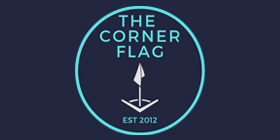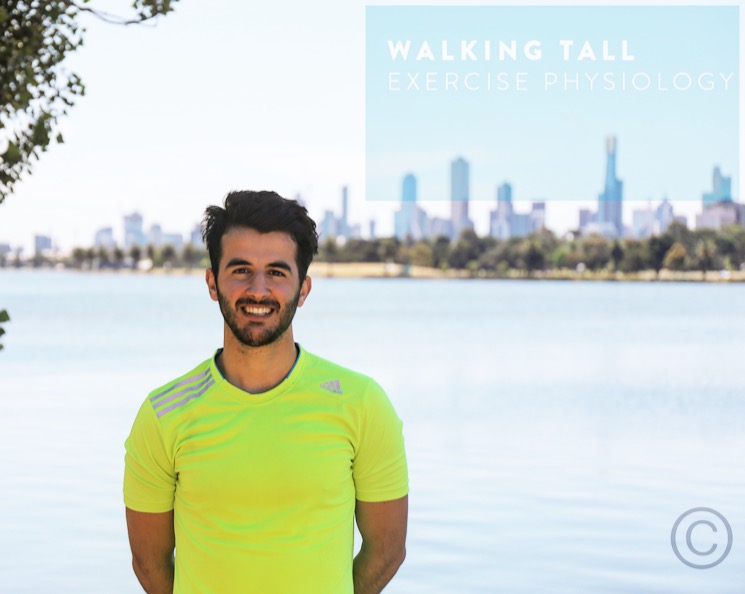Rehab your injury in the off-season while you have the chance. The first step to managing your body’s health is having the knowledge and awareness of what limitations, restrictions, or deficiencies your body is currently managing, and getting the correct guidance from an allied health professional to fix them.
An injury such as a muscle strain or a sprained ankle, are considered to be a minor injury, but there is a misunderstanding that a combination of icing, rest, and a bit of jogging is enough to clear you for competition again. Unfortunately, although these rehab techniques do work to some extent, these musculature tendinopathies do not just go away like a bad cold – these deficiencies either remain weak/damaged waiting to re-injure itself like a dormant volcano, or another structure in the body else becomes injured as a result of the over compensation of the primary area of weakness.
This article is designed to educate you about three main risk factors involved when you don’t undertake the correct strengthening/rehab phases associated with post-injury, branding yourself as an injury-prone athlete. It will allow you to come to terms with the causes of chronic injuries and understand some key concepts which can be of great benefit when monitoring your body and the intricate structures we often take for granted.
Risk #1 – Not completing the 4 stages of rehab
Okay, so you have an injury, where to now? In order to rehabilitate an injury correctly, you must smoothly transition through 4 stages of rehab, otherwise you will always be at risk of some form of re-injury or ongoing chronic pain, and having the correct guidance is vital, allowing you to reap the rewards of optimal bodily functions.
- Acute Phase – This stage entails the short period after the injury, which also needs to be diagnosed correctly, and requires a lot of self-management where we are trying reduce any swelling, bruising, fluid-build up, etc. to assist with reducing inflammation to the damaged area such as the recommended R.I.C.E technique (Rest, Ice, Compression, Elevation) or prescribed painkillers/anti-inflammatories. This stage also includes regaining basic movement back into the damaged region, or maintaining function and flexibility/activation to surrounding structures that support above/below the area. By not completing this stage successfully in a well-timed manor, will hinder the success of the next 3 stages as it is the foundation for this whole process.
- Sub-acute Phase – This stage entails regaining normal movement back into our damaged area/joint, so we can begin our strengthening/proprioception phase. In order to regain normal range of motion, we need to improve our flexibility, which may include static/PNF stretching, but most importantly functional movements/exercises to regain our motor control and proprioception – which will be explained better in risk #3. Progressing the difficulty of exercises from closed chain to open chain movements (transitioning to less stable and more difficult movement/balance exercises) will help move us further up the path of returning to sport. If our proprioception and movement isn’t restored in this stage, strengthening outcomes are less effective and our risk of re-injury will continue to rise.
- Early to Late Rehab – This stage entails building hypertrophy (muscle growth) with a large portion of resistance training (weights, theraband, bodyweight, etc.) to strengthen our muscles, ligaments, and tendons, to increase the stability around our joints. This phase should include increasing the load (weight, intensity, duration) and difficulty of the exercises gradually e.g.; machine weights to free weights (generally combined), allowing our stabilizing muscles to fire, additional to transitioning to more functional compound movements (involving more joints and muscles). Without developing the required strength and correcting any deficiencies in movement/gait, posture and strength, we will not be functioning normally in our Return to Sport (RTS) stage.
- Return to Sport – Once the above 3 stages are completed, we narrow down into our sports specific training by replicating movements associated with football such as turning, jumping, sprinting, twisting, football drills, and also ticking our criteria box of undertaking drills that mimic the way the injury was caused in the first place, to clear you of re-injury. All stages must be managed with high caution to ensure the footballer is not only ready to transition to the next stage, but is confident with every type of movement with/without the ball with optimal physiological functioning.
Risk #2 – The injury is not always the cause of the problem
Your hamstring goes Ting! Does that mean your hamstring is the root of the problem? Not always. The fantastic thing about the body is that it will do everything in its power to keep you functioning as best as possible, an innate behavior passed down through evolution to increase our chances of ‘survival’.
Our bodies structures work in sync and when one region, muscle, structure, or joint is weak, surrounding structures compensate to reduce the load on that weak area, working as a protective mechanism. This in turn can cause injury to the area that is taking the load, so your hamstring injury might be a result of weak, inactive, gluteal muscles for example.
Please note that you can also have weakness on one side of the body causing injury to the other side, as one side is always bracing to remain upright and stable for the side to execute the skill. That’s why an allied health professional is important – we can identify where the root of the problem is, rather than the athlete making an assumption and scraping the top layer of the problem, which is often incorrect and detrimental to your rehab. Seek professional advice to help you narrow down on any weaknesses or deficiencies, causing you ongoing issues.
Risk #3 – The brain element
The brain … the control centre of the body responsible for everything we do. I want to bring one topic to the table aimed to help you understand how we function and how the body works when moving. Like a call centre, your body is provided with incoming information and outgoing instructions at a super fast rate to allow you to function, move, and execute any voluntary movement.
When you pass a ball, a few key events occur in this complex process – your body must interpret where your foot is in space, the angle it must be, the tension, movement, placement of the leg, ankle, toes etc. When we have an injury, the information the brain receives is hindered, so your foot will not be in the exact place it should be, which we label as a ‘rusty touch’, or may not land properly, causing a rolled ankle or torn ACL. Those 4 stages of rehab must be done accurately with the correct trainer to guide this process, allowing this feedback system to return to normal.
Like a race car driver, you can have all the brains, skill, and talent in the world, but if the car isn’t functioning properly, the tires are worn, not aligned, the outcome will always be tainted, putting you at risk of injury or re-injury.
***
Would you live in a house if you had to draw up your own floor plans safely and accurately without using an engineer or architect? So why would you do your own rehab, strength and conditioning, if you don’t have the qualification, skill, and knowledge to complete this with the highest quality and accuracy? Investing in your body’s health is the most important and beneficial thing you can do, not only for football reasons, but for a higher quality of life. An EP can either train you one-on-one or prescribe and manage your exercise/rehab/fitness program at all stages of your season. For more information please contact us on evan@walkingtall.com or 0423923585 or click here for the Walking Tall Facebook page.

